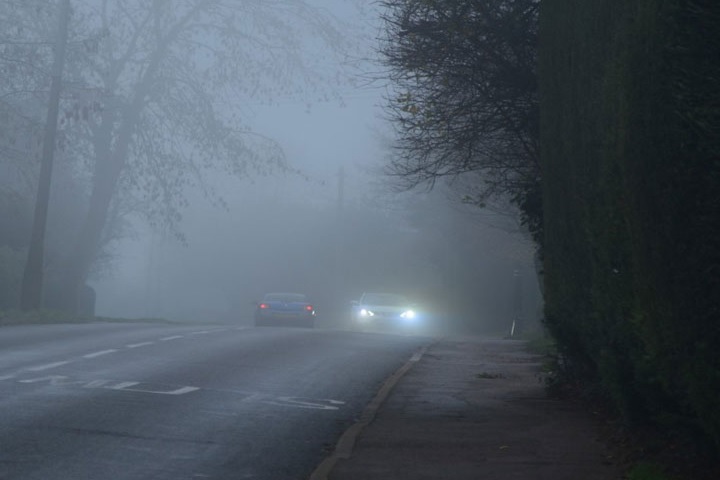
The DfT has awarded TRL a research contract to look into the factors that can cause glare from headlights of oncoming vehicles, and how to address this.
In a project running from October 2024 and into spring 2025, TRL will instrument a car and use it to measure light levels experienced by drivers during real driving on UK roads.
Factors including the vehicles around the instrumented car, weather conditions and ambient lighting will also be measured, to build a complete understanding of the conditions that are most likely to give rise to high brightness levels, and cause glare.
A review of scientific evidence and engagement with a range of stakeholders will also be undertaken to make sure that the project builds a comprehensive understanding of the topic, and generates actionable recommendations for the DfT to take forward in international working groups related to this issue.
Responding to a parliamentary question last month, roads minister Lilian Greenwood said: “The Government is in the process of commissioning independent research to better understand the root causes of headlamp glare and help identify potential countermeasures.”
The RAC has long campaigned on this issue, and the motoring organisation has welcomed this latest announcement.
Rod Dennis, RAC road safety spokesperson, said: “We’re pleased to be contributing to this important piece of work that we very much hope will get to the bottom of the glare issue experienced by so many drivers up and down the country.
“Our own long-term research shows that a significant proportion of the driving population struggle with dazzle, with some people reducing how much they drive, or even giving up driving at night altogether.
“Understanding what’s causing these problems, and most importantly what can be done about them in the future, will be a huge step forward for drivers.”
I am an older driver and a former AA Senior Engineer. I find the problem is with modern LED lights and not just headlights. I would also say the issue is spectral content or colour temperature of these lights that are very intense and very pure white. The brightness and energy are not so much the issue as the colour. Even accessory side marker lights can be too intense if seen in shadow, for example under trees. This intense whiteness causes the problem. LED lights combine several colours optically to get the white output so can be adjusted or reprogrammed (depending on driver design) to produce other colours like some domestic lightbulbs. A more ‘yellow’ colour could even allow the light levels to be increased without dazzle.
Another significant issue not being addressed is that most LED light sources, including pushbike lights and torches used by walkers are the exact same colour and at a distance cannot be told apart from a headlight. I had a near miss with a pushbike rider at night who had two LED lights on the bike which I mistook for car headlights some distance away. Only when they got close enough to see them moving against the background was the truth revealed.
Changing the colour temperature of these lights can eliminate the problems without compromising the driver’s night vision, indeed it might even improve. Changing the colour temperature of bicycle lights is worth pursuing also. If a little bit of care and ingenuity is practiced it will be possible to easily distinguish walkers with torches, bike riders and motor vehicle headlights at night as was possible with earliuer generation lights such as incandesant and halogen bulbs.
Paul Stockwell, Stockbridge
+3
From my experience, EVs are the worst at having more intense and blinding headlights. I no longer use country roads at night as a result!
Charles Cannon, London
+10